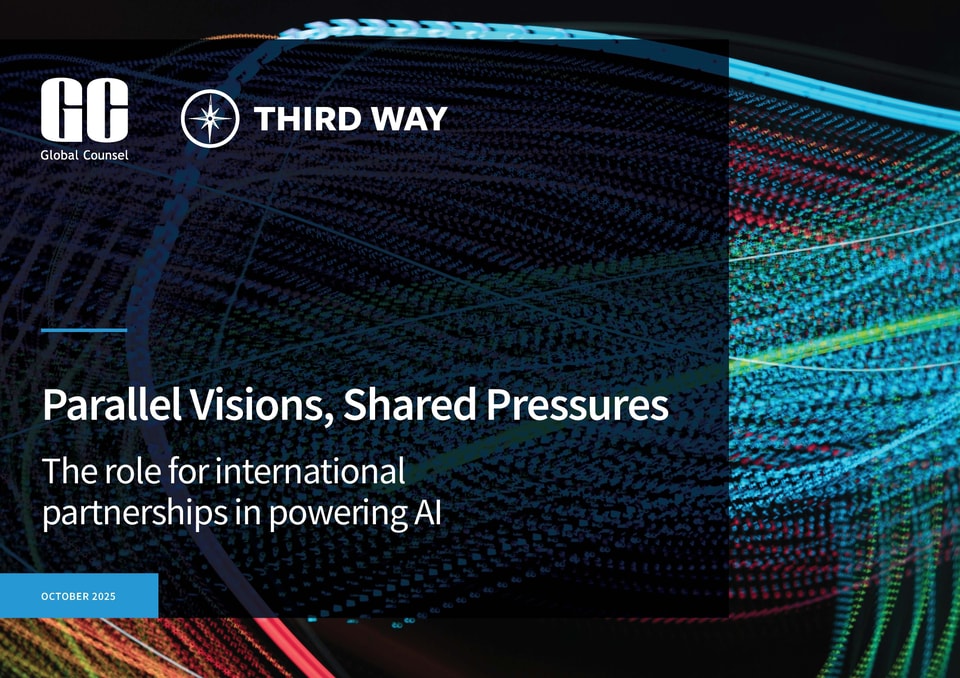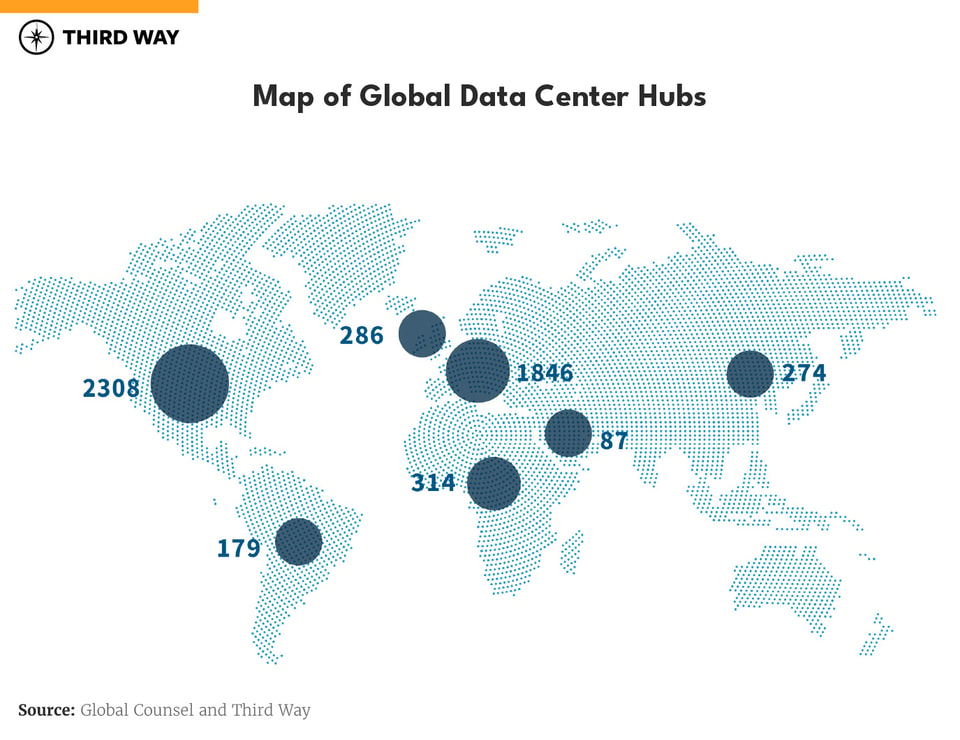Report Published October 21, 2025 · 2 minute read
Parallel Visions, Shared Pressures: The Role for International Partnerships in Powering AI
Marley Miller, Saskia Giraud-Reeves, Hassan Mansoor, Sarah Shinton, Alan Ahn, & Kashvi Chandok

Executive Summary
In November 2022, OpenAI released an early demo of ChatGPT—a tool that fundamentally reshaped how policymakers perceived AI. It marked a dramatic leap forward, with increased compute power, lower development costs and abundant data enabling new uses and possibilities. In response, governments around the world took up bold AI development, adoption and innovation targets, positioning the technology as a driver of productivity, economic growth and competitiveness.
Yet this wave of ambition obscured a fundamental constraint: AI development and deployment relies on large-scale, energy-intensive data centers. These centers are expensive to build, and many jurisdictions lack the regulatory and energy infrastructure to support them.
In recent months, the global AI race has been increasingly reframed as one for control over physical infrastructure. This was a central driver of US President Donald Trump’s “Stargate” Initiative, which has formed a $500 billion public-private venture focused on maintaining US AI leadership through constructing at least ten hyperscale data centers across the US.
The international response to Stargate has signalled that while data center capacity is likely to be the ultimate determinant of AI competitiveness, most governments do not yet have the energy systems, planning tools, supply chain and industrial capacity, or capital to rapidly increase it.
This report has been written at a moment where countries are competing to demonstrate why they are well positioned to become global leaders in AI and why investors should choose to pour funds into their infrastructure. Yet, it is also a moment where many governments are trying to come to terms with the tensions between scaling up energy generation and adapting their grids to power data centers and achieving their wider priorities.
This report seeks to separate rhetoric from reality. It clarifies the current global landscape in the race for AI leadership, outlines the key challenges facing policymakers as they pursue AI expansion and importantly, highlights the opportunities to deploy and power AI through international collaboration.

This paper outlines four policy approaches that underpin a successful AI Deployment framework:
- Recommendation #1: Set high international standards for data center efficiency
- Recommendation #2: Introduce high-integrity standards for Virtual Power Purchase Agreements (VPPAs)
- Recommendation #3: Expand cooperative export finance to support strategic infrastructure
- Recommendation #4: Accelerate SMR deployment through regulatory cooperation





